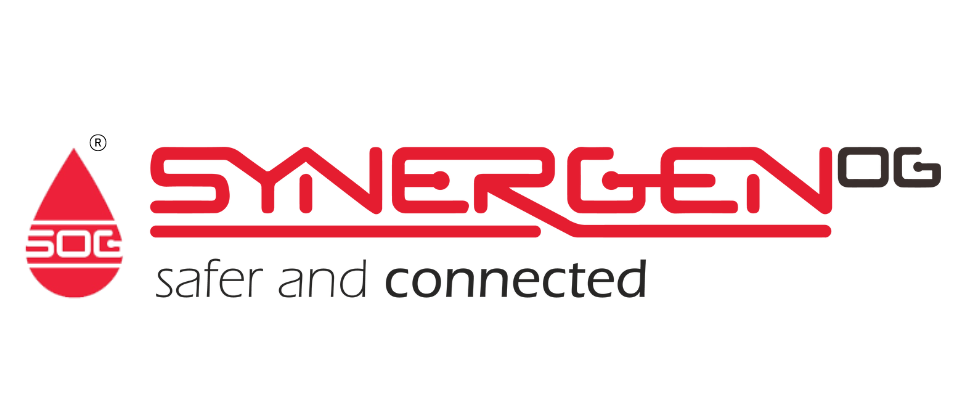Safety cases play a crucial role in the oil and gas industry, serving as a means to demonstrate effective safety measures to regulators. This article explores the purpose and benefits of safety cases in ensuring safe operations and comprehensive hazard management.
Demonstrating Safe Operation
The primary objective of a safety case is for the Dutyholder to showcase to regulators that there are robust processes in place to ensure safe operations. By adhering to goal-setting safety regulations, safety cases provide evidence of compliance and demonstrate the reduction of risks to As Low As Reasonably Practical (ALARP).
Comprehensive Hazard Management
Even in jurisdictions where safety cases are not mandatory, many major oil and gas operators still emphasize their development. Safety cases facilitate the implementation of comprehensive hazard management processes, ensuring that risk levels are effectively reduced. This proactive approach enhances safety and minimizes potential incidents.
Detailed Technical Analysis
A key component of a safety case is the detailed examination of technical risk management aspects. The safety case document provides a comprehensive analysis of overall adequacy, addressing specific mitigation measures and demonstrating a thorough understanding of potential hazards.

